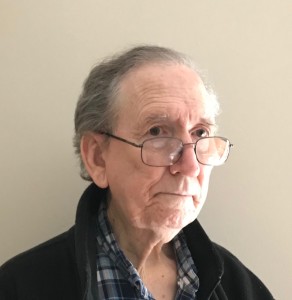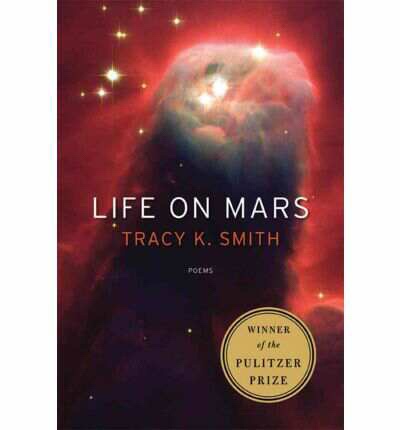Morse Peckham, a professor under whom I took a class in graduate school, had a theory that the role of the arts in a complex, stressful society is to provide discontinuity, so that people might rehearse the experience of it in their daily lives. Discontinuity in fiction, he said, is manifested in the twists and turns of plot and character. One could add that in contemporary literature much discontinuity also is provided by fresh narrative strategy.
One thing I can see wrong with Peckham’s model is this: his feeling that discontinuity all but disappears in more placid eras—he evidenced the 18th Century—does not hold water. In all eras what most readers want from a novel is heart-pounding suspense, as in Heather Gudenkauf’s The Weight of Silence, Donna Tartt’s The Goldfinch, and Anthony Doerr’s All the Light We Cannot See, to name a few recent ones. As for the 18th Century, the novels of Henry Fielding, Tobias Smollett, and Laurence Sterne are sufficient indication that readers then wanted the same things from a novel that our contemporaries want: they wanted a novel to surprise them, and they wanted suspense.
No one wants to be bored by a book. When one is bored, one stops reading—or consults Cliff Notes.
All of which goes to say that Charles Dickens, Fyodor Dostoevsky, and Tobias Smollett still have much to teach the contemporary novelist. Those writers kept their readers guessing, and kept them in suspense.
I said once before that it is helpful for a writer to read widely. This is even more important for the writer who cannot afford an MFA program (as I could not). What such a writer must substitute is analysis of the works of other writers, paying special attention, if one is a fiction writer, to the ways in which other novelists and short story writers violate the expectations of their readers—in other words, to the ways in which they provide discontinuity. Even the small unexpected touch—as when Christmas, in Light in August, realizes only when the gun strikes his thigh that he has been brandishing the weapon while hitchhiking with a frightened white couple—can galvanize a reader’s attention and keep him moving breathlessly ahead to the next scene. And there are many broader techniques employed by novelists to fix the reader’s attention, not the least of these being the creation of characters whose destiny the reader cares about. That, of course, is a topic for another day, except to say that in character-driven fiction it is a necessity. Setting the novels of André Gide alongside those of Jean-Paul Sartre provides, for me, at least, ample illustration of this fact: Gide’s characters are so vivid that we feel we know them, and we are drawn into the story to learn their fate; by contrast, Sartre’s characters are pallid, and one has to will oneself to read the novels. Perhaps my experience with Sartre is idiosyncratic.
One can, of course, dispense with Peckham’s theory of discontinuity entirely. Peckham distinguished between formal and semantic content. This is easy to do with painting, where an aspect of formal content is line and the ways in which expectations for line are violated. It is even easy to do with poetry, when poets of more turbulent eras have employed techniques like enjambment to break up the steady flow of the feet and violate the reader’s expectations about rhythm. It is not so easy to do in fiction because here one is dealing with words, which always involve semantic content: it is impossible entirely to separate the semantic and the formal. One can make dramatic departures from traditional storytelling, as James Joyce does in Ulysses, but words are still the medium. And I am aware that postmodern writers have experimented with nonverbal means of storytelling, but there is a very real possibility that these things in the future will be relegated to the category of the literarily odd and will not be taken seriously.
What I had hoped to do with these few words on discontinuity in fiction is shine a light on the three methods for achieving it: the twists and turns of plot and character (it is good, for example, when a character surprises and delights us) and explorations in new narrative strategy. These things are capable of violating a reader’s expectations and providing pleasure as they do. And these are some of the results (riveting plot, character, and narrative strategy) that any fiction writer, whether he thinks of them in this way or not, seeks to achieve.
 David Massey has a Masters Degree in English Literature After 1660 from The University of South Carolina, and while there studied creative writing under George Garrett and James Dickey. He turned rather belatedly to fiction writing as a serious occupation but have made progress of late.
David Massey has a Masters Degree in English Literature After 1660 from The University of South Carolina, and while there studied creative writing under George Garrett and James Dickey. He turned rather belatedly to fiction writing as a serious occupation but have made progress of late.



